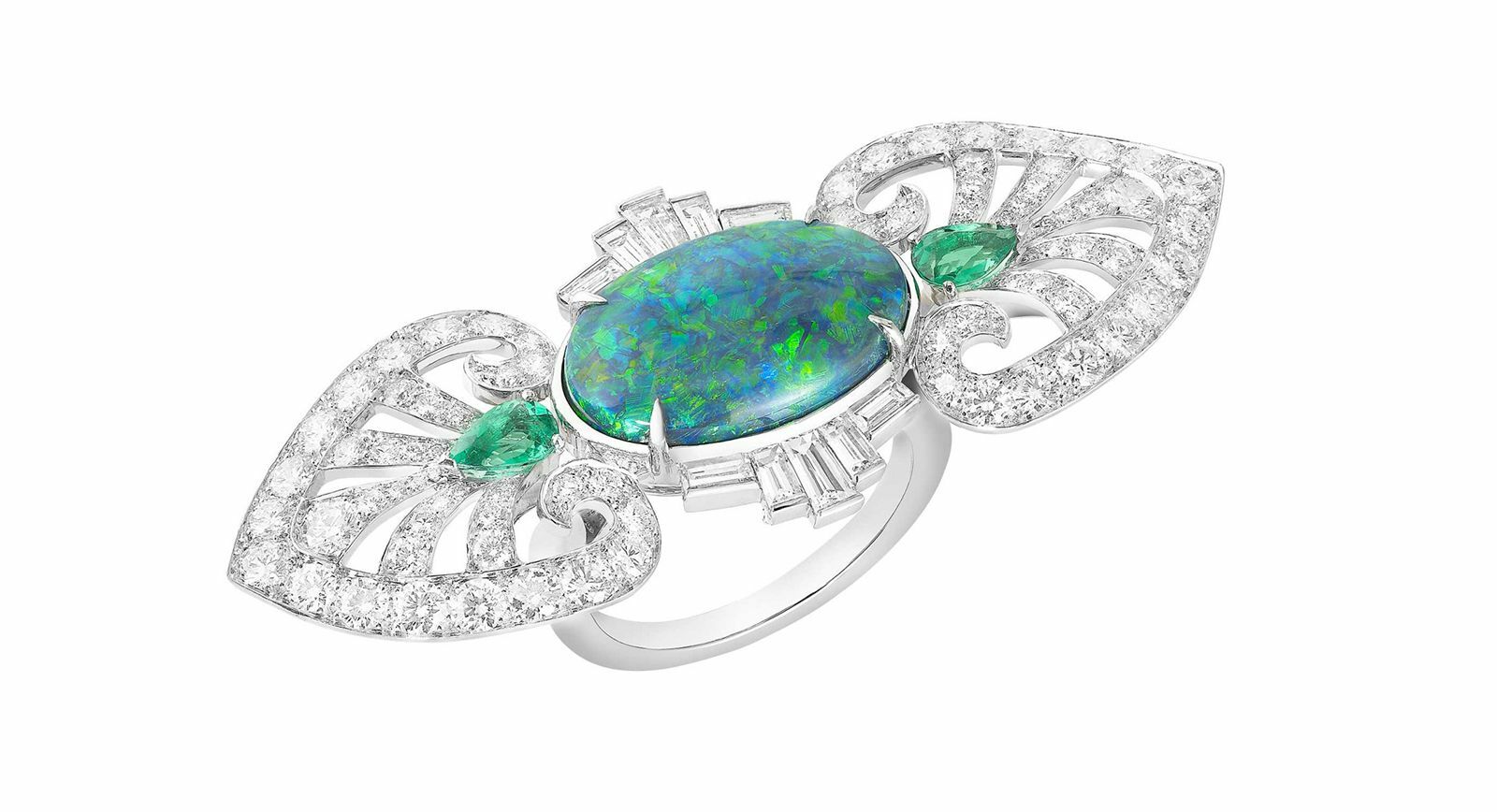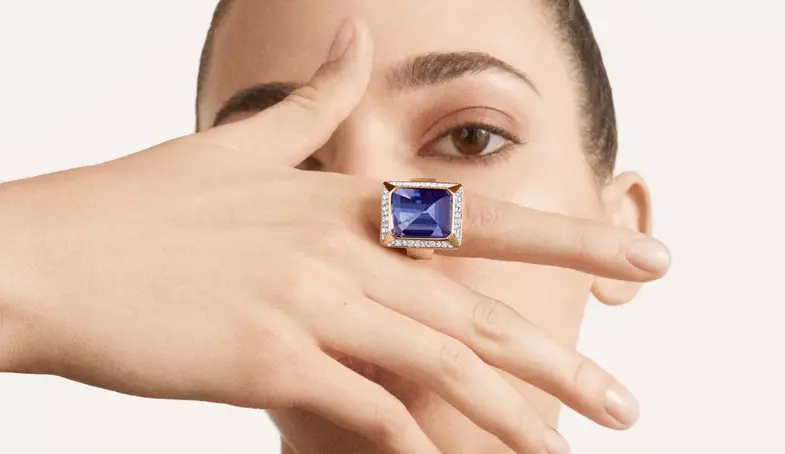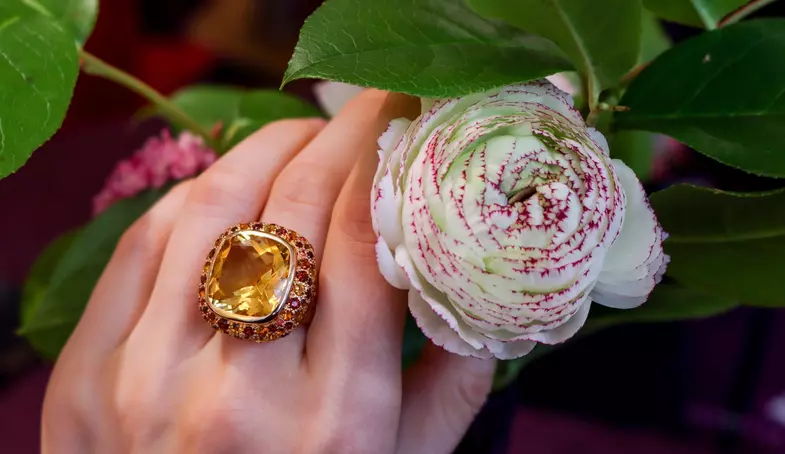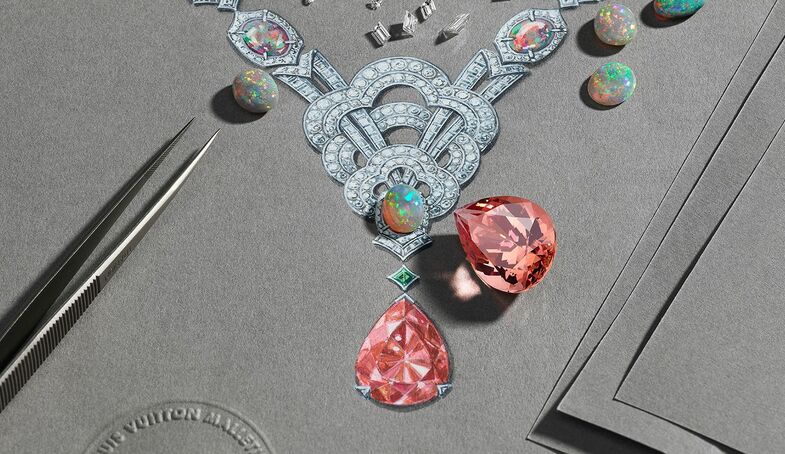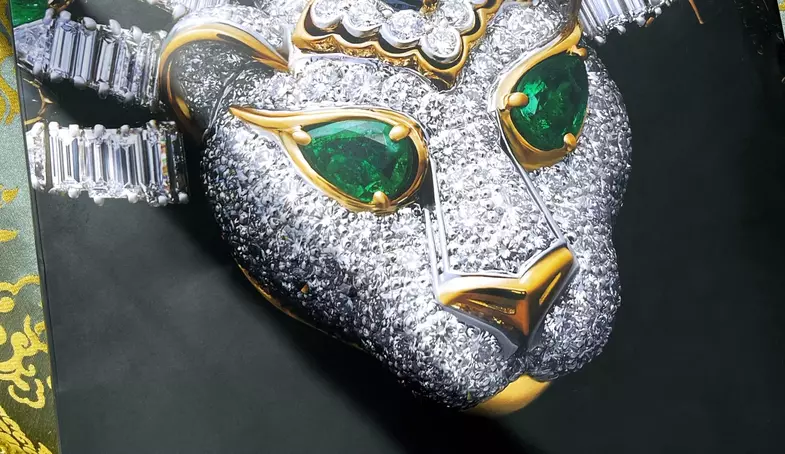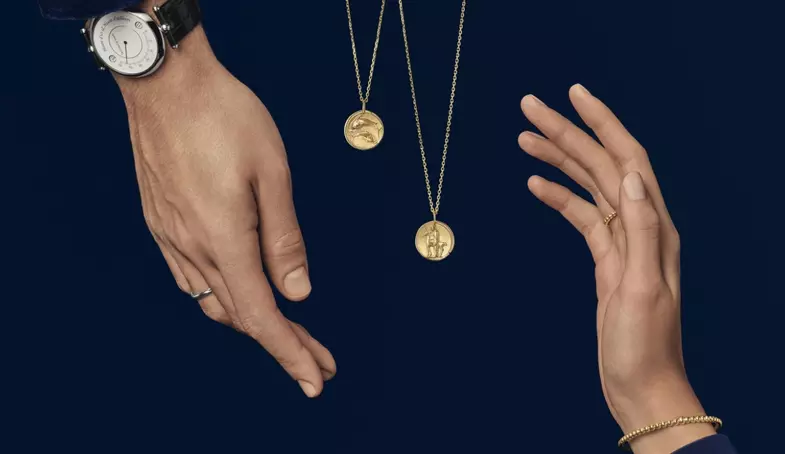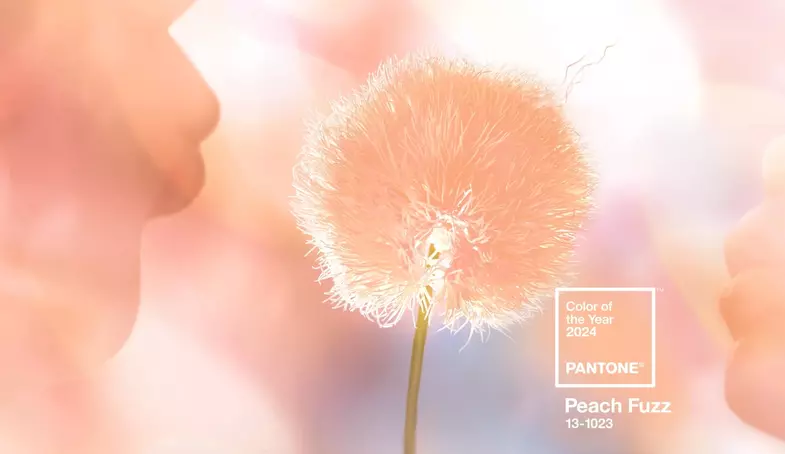It’s worth starting with the point that the opal is not exactly a stone. In fact, 6-10% of an opal is water! The stone’s porous mineral structure answers for such a high water content. Water can both freeze and evaporate, so without moisture in the air, the stones can split and lose certain features. Now I understand why a childhood friend of mine kept licking her ring with a large dark stone: she was moistening the Australian opal that crowned her ring. However, to protect an opal’s beauty you’re better off sticking to the advice below.

An opal can also crack due to extreme changes in temperature. That’s why jewellery pieces that have opals are best kept in damp cotton wool away from dirty water, ink and other staining liquids that could cause the stone’s discolouration.
The effect of chemicals on the stone, including everyday detergents and cleaning products, is also harmful. To get the right level of humidity, prevent any cracks appearing and stop the loss of an opal’s sheen, you can regularly rub any opal jewellery all over with a small amount of glycerine using a soft cloth.

An opal’s porous structure also means that the stone can lose its ornate qualities on contact with particular fats, oils and cosmetics. The opal absorbs them. This is why it’s better to put on opal jewellery pieces like a cherry on top of a cake: at the very end when you’re otherwise completely ready to go.
Opal is one of the most pliable precious stones used to create jewellery pieces, more so than, for instance, sapphire, ruby, emerald and especially diamond. That’s why opal is very easily scratched but difficult to polish. Try not to wear opal jewellery with other jewellery pieces otherwise you risk it getting scratched by whatever else you are wearing.

As a preventative measure, you should always clean opal pieces in a mixture of warm water and a very mild detergent using a soft toothbrush or cloth so as not to damage it. And in no circumstance should you ever clean opal pieces in an ultrasonic machine (a special machine for cleaning objects in detergent). The risk is that the vibrations will be too much for the stone and cause it to crack.
If you are happy with the simple demands of the rather capricious opal, you can continue to enjoy your "relationship" with it for many years to come!

